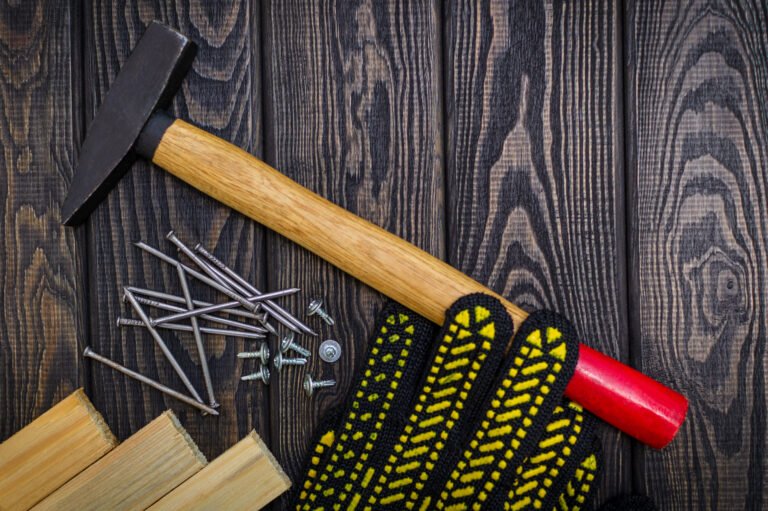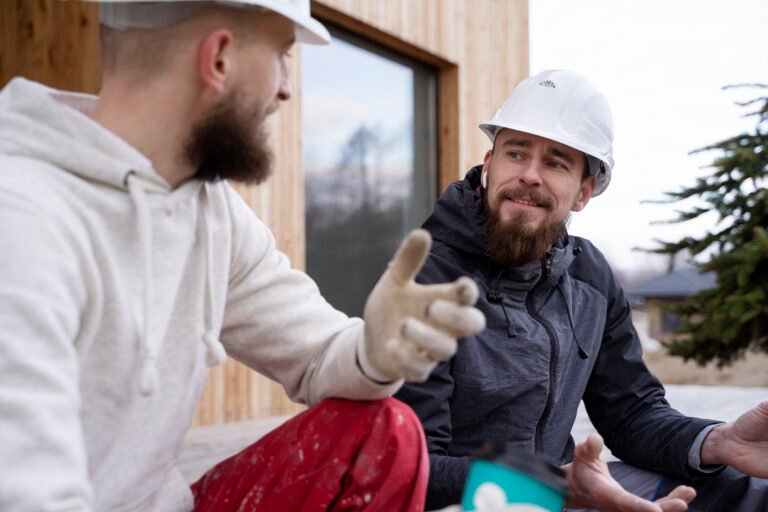Backyard Shade Solutions: Umbrellas, Awnings, and Trees for an Inviting Outdoor Space
Transforming a backyard into a comfortable and sun-protected retreat is an objective for many homeowners. As the sun’s rays intensify, the need for shade becomes apparent, not just for comfort, but also for health and enjoyment of outdoor spaces. Effective shade solutions can significantly enhance the usability of a backyard, allowing people to relax, entertain, and enjoy their outdoor space without being overexposed to the sun.
Umbrellas are a popular choice for their portability and ease of installation. They come in various sizes, colors, and designs, offering flexibility to those seeking a quick and stylish shade option. Awnings, on the other hand, provide a more permanent solution and can be custom-designed to fit the specific dimensions and aesthetics of a house and yard. Retractable models offer versatility, allowing homeowners to adjust the amount of shade as needed throughout the day.
For a natural approach to sun protection, planting trees is an environmentally friendly option that brings additional benefits, such as improving air quality and supporting local wildlife. Choosing the right type of trees and their placement requires consideration of the tree’s mature size, growth rate, and the pattern of shade it will create. This method of sun protection involves patience and planning but results in a dynamic, living canopy that can last for generations.
Shade Structures and Installations
The design of outdoor spaces often includes shade structures that provide relief from the sun while enhancing the usability and beauty of patios, decks, and yards. These structures range from simple umbrellas to more permanent solutions such as pergolas and gazebos.
Types of Shade Structures
Shade structures encompass a diverse array of options. Umbrellas are a popular choice for flexibility and ease of use, fitting well over tables or seating areas. Pergolas offer a robust framework for climbing plants and can combine with outdoor curtains for added privacy and light control. Awnings, both retractable and fixed, extend protection from a wall, suitable for a covered patio. Gazebos provide a fully covered space, often used to shelter an outdoor daybed or dining set. Arbors and trellises, while not providing complete shade, add a decorative touch and support for greenery.
- Umbrellas: Easy to install, movable.
- Pergolas: Robust, supports vegetation.
- Awnings: Attached to buildings, come in retractable styles.
- Gazebos: Enclosed, optimal for shelter.
- Arbors: Decorative, supports climbing plants.
- Trellises: Light framework, for greenery support.
Choosing the Right Material
Materials play a key role in durability and appearance. Wood offers a classic, warm aesthetic and integrates well into a natural setting. Aluminum and steel are favored for their strength and low maintenance, coming in a variety of colors to match any design scheme. Fabric choices for canopies and awnings should be weather-resistant and can add a dash of color or contribute to a tropical vibe.
- Wood: Warm look, natural integration.
- Aluminum: Lightweight, rust-resistant.
- Steel: Sturdy, durable.
- Fabric: Weather-resistant, available in various colors.
Installation Considerations
Proper installation is crucial for safety and longevity. For structures like gazebos and pergolas, a solid foundation is necessary, often requiring professional installation. Umbrellas can be placed in weighted bases or incorporated into patio tables. Consider proximity to the home and natural elements, ensuring wind or tree branches won’t pose a hazard.
Enhancing Functionality
Functionality can be elevated with a few additions. Outdoor curtains add a layer of privacy and shade, while built-in lights create ambiance for evening use. A canopy or awning may feature a retractable system for versatility, and incorporating a rug can define the space, making it more inviting.
- Outdoor curtains: Privacy, added shade.
- Lights: Atmosphere, usability in the evening.
- Retractable system: Flexibility in shade coverage.
- Rug: Defines space, enhances comfort.
Design and Aesthetics
A cohesive design ties together functionality and visual harmony. When selecting a shade structure, consider how it will complement the existing outdoor décor and architecture. A well-chosen structure not only provides comfort but also serves as a focal point that can tie in the overall aesthetic, from color coordination to the creation of a thematic setting, such as a tropical vibe.
- Color coordination: Integrates with existing palette.
- Thematic setting: Enhances the outdoor experience.
Natural Shade Options
Creating natural shade involves understanding the characteristics and growth patterns of trees and plants that can cast a comfortable shadow over your outdoor space. These living elements offer not only refuge from the sun but can also enhance the privacy and aesthetics of your backyard.
Selecting and Planting Trees
To optimize shade, fast-growing trees like the crape myrtle and fig are excellent choices. They should be strategically positioned to maximize sun coverage during peak hours. Canopy size and growth rate are key considerations. Plant trees where their mature canopy will provide the desired shade.
- Crape Myrtle: Offers abundant shade once fully grown, and its beautiful flowers add to the aesthetic appeal.
- Fig Trees: With large leaves and a dense canopy, fig trees excel in delivering shade and contribute to creating a private outdoor area.
Incorporating Vines and Foliage
Vines such as wisteria can be trained to climb over pergolas or fences, developing a lush barrier that blocks out sunlight and creates a cool retreat.
- Wisteria: A fast grower known for its dangling grape-like clusters of flowers and thick, green foliage for extensive coverage.
Plants and foliage can add layers to your garden’s vertical space, enhancing the sense of privacy while providing additional shade.
Utilizing Temporary Solutions
While trees and vines mature, temporary shade solutions can be employed. Items like a shade sail or a pop-up canopy are portable and can be set up as needed to provide immediate relief from the sun.
- Shade Sail: Flexible and stylish, can be anchored to various points, offering versatile shade options.
- Pop-Up Canopy: A quick set-up solution for gatherings, easily movable around the yard to follow the shade throughout the day.
Creating a Multi-Functional Yard
Plants and trees can be combined with features like a fire pit or grill for outdoor entertaining. For instance, a tree with a wide canopy provides shade while an open area accommodates a grill or fire pit safely away from flammable foliage.
- Fire Pit Area: Arrange seating in a shaded area, with a safe distance from combustible plant materials.
- Grill Space: Designate a spot that receives afternoon shade for comfort while cooking outdoors.








